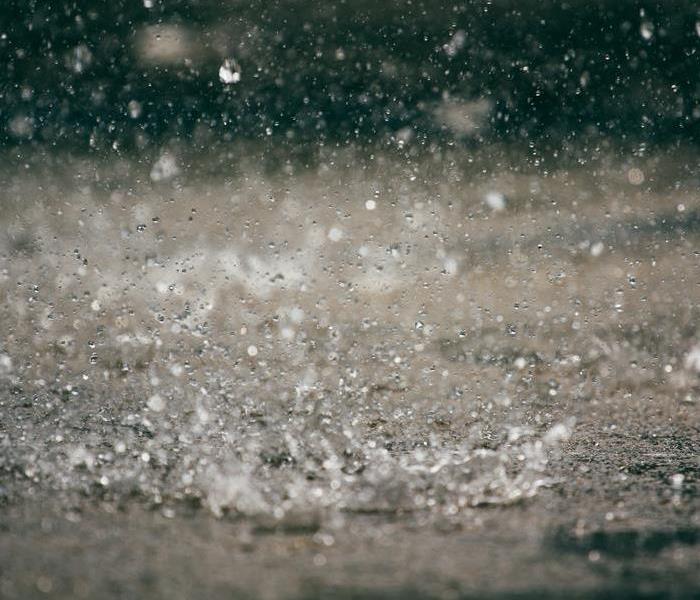How to Handle The Aftermath of Storm and Flood Damage in New York
9/10/2023 (Permalink)
As a coastal region prone to extreme weather events, New York residents know the importance of being prepared for the aftermath of flooding. Join us as we explore the steps to take when dealing with the aftermath of storm surge and flood damage, ensuring a smooth recovery process for your property.
1. Safety First: Assessing the Situation
Before taking any action, ensure your safety and that of your family members. Avoid entering flooded areas until it's safe to do so. If necessary, evacuate your home and seek higher ground until authorities deem it safe to return.
2. Document the Damage: A Comprehensive Inventory
Once it's safe to re-enter your property, start by documenting the extent of the damage. Take photos and videos of the affected areas. This documentation will be invaluable when filing insurance claims and working with restoration professionals.
3. Contact Your Insurance Provider: Prompt Notification
Notify your insurance provider about the damage as soon as possible. Familiarize yourself with your policy's coverage for flood and water damage. Having a clear understanding of your coverage will help you navigate the claims process effectively.
4. Mitigate Further Damage: Quick Action Matters
Begin mitigation efforts immediately to prevent further damage to your property. This can include tarping roofs, removing standing water, and setting up dehumidifiers to control humidity levels and discourage mold growth.
5. Seek Professional Restoration: Expert Assistance
Storm surge and flood damage require specialized expertise to ensure thorough restoration. Contact professional restoration companies like SERVPRO of Ozone Park/Jamaica Bay to assess the damage, create a comprehensive restoration plan, and execute the necessary repairs.
6. Salvage What You Can: Document Restoration Efforts
Work closely with restoration professionals to salvage and restore as many belongings as possible. Document all restoration efforts for insurance purposes. Salvaging items like photographs, documents, and sentimental belongings can provide comfort during a challenging time.
7. Prevent Future Damage: Resilience and Preparedness
After the restoration is complete, take proactive measures to prevent future flood damage. Elevate electrical systems, install flood barriers, and ensure proper drainage around your property to minimize the risk of future flooding.
Restoring Normalcy
Navigating the aftermath of storm surge and flood damage requires a combination of immediate action, professional assistance, and careful documentation. With the right steps, you can restore your property and belongings to their pre-damage state and build resilience against future weather challenges.





 24/7 Emergency Service
24/7 Emergency Service
